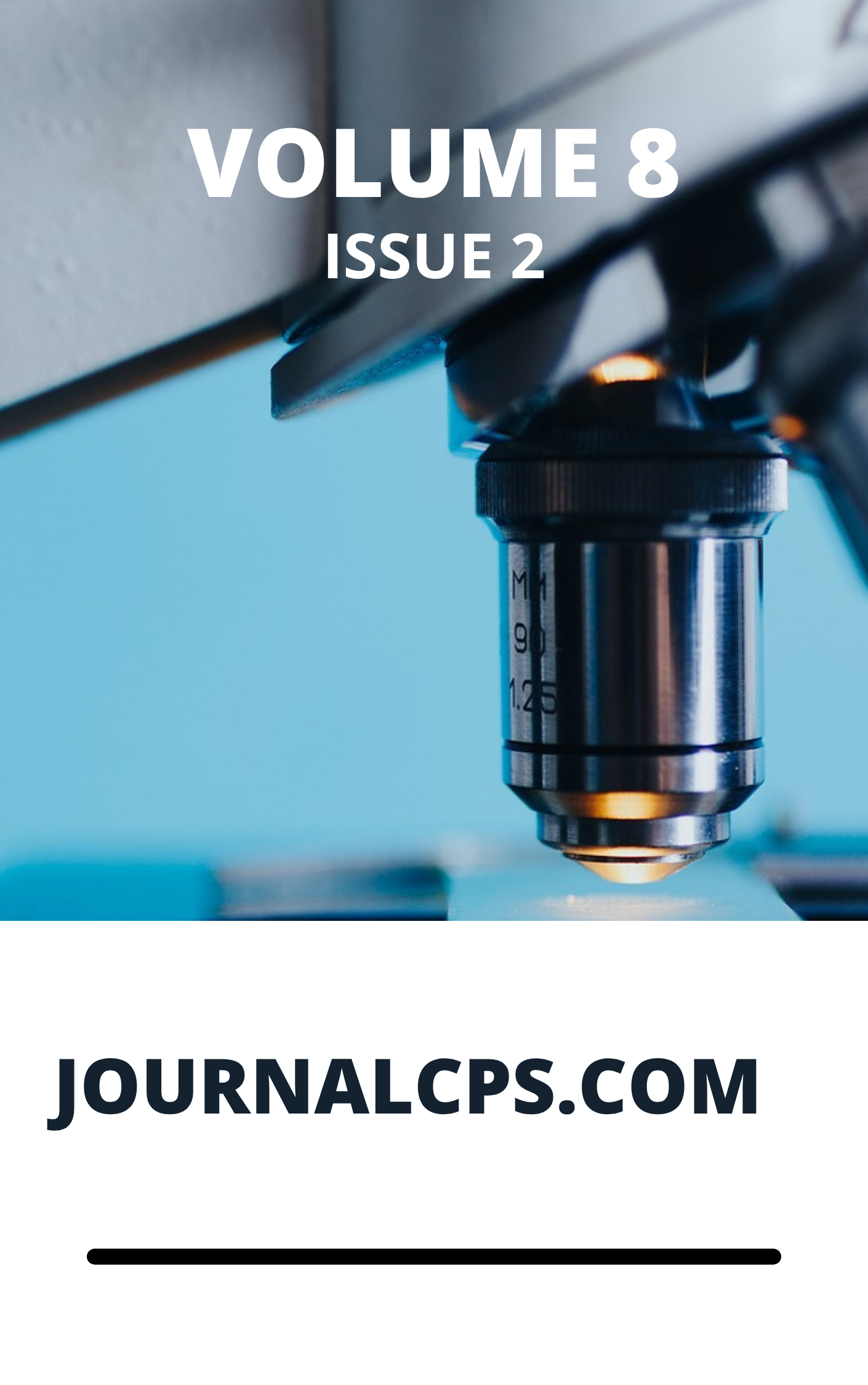Quasi-particle band structure and optical properties of Perylene Crystal for Solar Cell Application: A G0W0 Calculations
Keywords:
Solar cell, Perylene, DFT, G0W0, Yambo, bandwidth, optical absorptionAbstract
Abdullahi Lawal* , Musa Bello and Ahmed Musa Kona
The increased demand for clean energy due to future fear of scarcity and alarming pollution threats from fossil fuels, has propelled stringent drive on the search for alternative energy source including photovoltaic technology. This technology relies on renewable source and is green, ecofriendly and easily avoidable. In view of the role of photovoltaic technology on organic compound for electronic transition, this study is designed to implement theoretical calculations of structural, electronic and optical properties of the perylene crystal using highly accurate first-principles approach for a many-body perturbation theory (MBPT). The calculated lattice parameters of perylene with GGA-PBE are reasonably in good agreement with experimental measurement.
Many-body perturbation theory (MBPT) based on the G0W0 approximation was used for the calculation of band structure. The bandgap value of 2.4 eV, obtained was consistent with the expected range from experiment (i.e, 2.33-2.46 eV). The optical properties including absorption coefficient, reflectivity, refractive index and energy loss function are derived from the calculated complex dielectric function to understand the optical behavior of perylene. Optical properties calculations show that the results obtained within G0W0 approximation are also close to experimental results. With the evaluated optical gap of 2.4 eV and the expected strong absorption of perylene crystal in the visible light, the investigated material is most likely suitable for solar cell application.
Downloads
Published
Issue
Section
Most read articles by the same author(s)
- Rashida Adamu Bulkachuwa, Bello Y. Idi, Musa Muhammad Salihu, Abdullahi Lawal, Salisu Tata, Evaluation of Excessive Lifetime Cancer Risk Due to Gamma Radiation on Rocks in Shira Village, Bauchi State Nigeria , Communication In Physical Sciences: Vol. 11 No. 4 (2024): VOLUME 11 ISSUE 4
- Bala Idris, Abdullahi Lawal, Dauda Abubakar, Saddiq Abubakar Dalhatu, Ab initio Calculation of CuSbSe2 in Bulk and Monolayer for Solar Cell and Infrared Optoelectronic Applications , Communication In Physical Sciences: Vol. 7 No. 3 (2021): VOLUME 7 ISSUE 3
- Buhari Aminu Balesa, Abdullahi Lawal, Saddiq Abubakar Dalhatu, Bala Idris, Mustapha Bello, First Principles Calculations of Structural, Electronic and Optical Properties of Nitrogen-Doped Titanium Dioxide for Solar Cells Application , Communication In Physical Sciences: Vol. 7 No. 4 (2021): VOLUME 7 ISSUE 4
Similar Articles
- Buhari Aminu Balesa, Abdullahi Lawal, Saddiq Abubakar Dalhatu, Bala Idris, Mustapha Bello, First Principles Calculations of Structural, Electronic and Optical Properties of Nitrogen-Doped Titanium Dioxide for Solar Cells Application , Communication In Physical Sciences: Vol. 7 No. 4 (2021): VOLUME 7 ISSUE 4
- Bala Idris, Abdullahi Lawal, Dauda Abubakar, Saddiq Abubakar Dalhatu, Ab initio Calculation of CuSbSe2 in Bulk and Monolayer for Solar Cell and Infrared Optoelectronic Applications , Communication In Physical Sciences: Vol. 7 No. 3 (2021): VOLUME 7 ISSUE 3
- Muteeu Olopade, Soko Swaray, Enhancing AgBiS2 Solar Cell Efficiency: Buffer Layer Comparison and Parameter Optimization , Communication In Physical Sciences: Vol. 12 No. 4 (2025): VOLUME1 2 ISSUE 4
- Elizabeth Chinyere Nwakorongwu, Patricia Uchechi. Kanayochi-Okpechi, Ugochukwu Joseph, Effects of Annealing Temperature on the Dual Solution Synthesis and Optical Characterization of AlS: ZnS Thin Films , Communication In Physical Sciences: Vol. 11 No. 1 (2024): VOLUME 11 ISSUE 1
- Uzoma Ifeanyi Oduah, Emmanuel Ayomide Agbojule , Paul Chinagorom Nwosu, Chisom Gabriel Chukwuka , Daniel Oluwole, Ifedayo Okungbowa, Enhancing the efficiency of a solar panel using a developed prototype Smart Photovoltaic Module Single-axis Solar Tracker , Communication In Physical Sciences: Vol. 12 No. 6 (2025): Volume 12 ISSUE 6
- Olusegun Sowole, Funke Roseline Amodu, Absorption of Solar Infrared Radiation by Tropospheric Water Vapour in Abeokuta Southwest of Nigeria , Communication In Physical Sciences: Vol. 6 No. 1 (2020): VOLUME 6 ISSUE 1
- Olusegun Sowole, Solar UV-Radiation Absorption by Stratospheric Ozone in Lagos Southwest of Nigeria , Communication In Physical Sciences: Vol. 5 No. 4 (2020): VOLUME 5 ISSUE 4
- S.C Ezugwu, Structural and Optical Properties of Pva Capped Nickel Oxide Thin Films Prepared by Chemical Bath Deposition , Communication In Physical Sciences: Vol. 1 No. 1 (2010): VOLUME 1 ISSUE 1
- Onen Alfred Ikpi, Emmanuel E. Etim, Abah Abraham Victor, Ogofotha Godwin Oghenekeno, Improved Photochemical Performance of Dye-Sensitized Solar Cell using Tectona grandis and Magnifera indica Dye Mix , Communication In Physical Sciences: Vol. 9 No. 2 (2023): VOLUME 9 ISSUE 2
- Elizabeth C. Nwaokorongwu, Dual Solution Synthesis and Characterization of Sns:Zns Alloyed Thin Films and Possible Applications in Solar Systems and Others , Communication In Physical Sciences: Vol. 9 No. 2 (2023): VOLUME 9 ISSUE 2
You may also start an advanced similarity search for this article.




